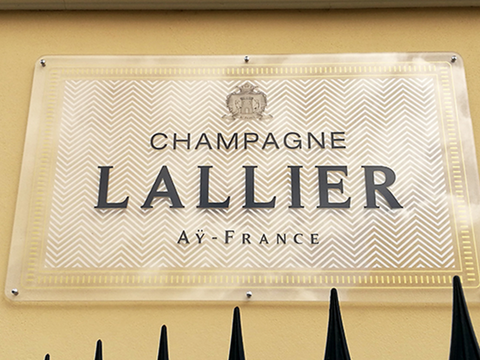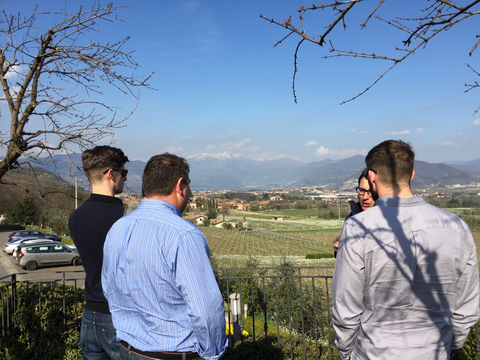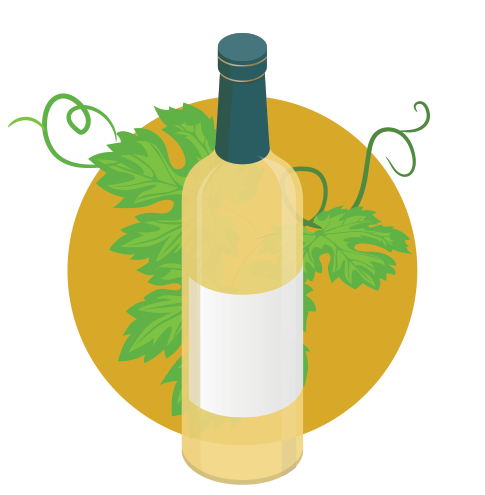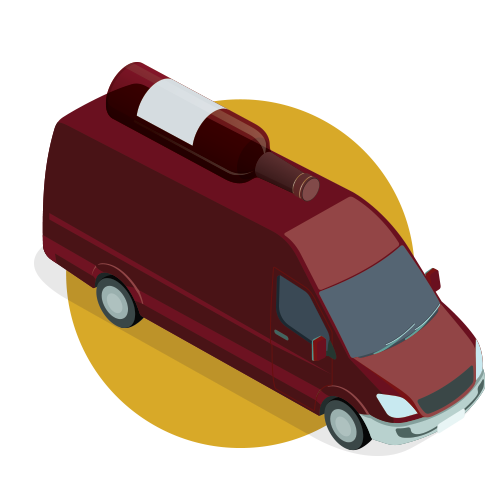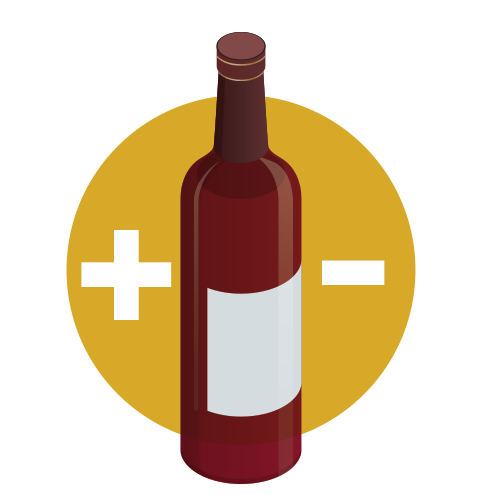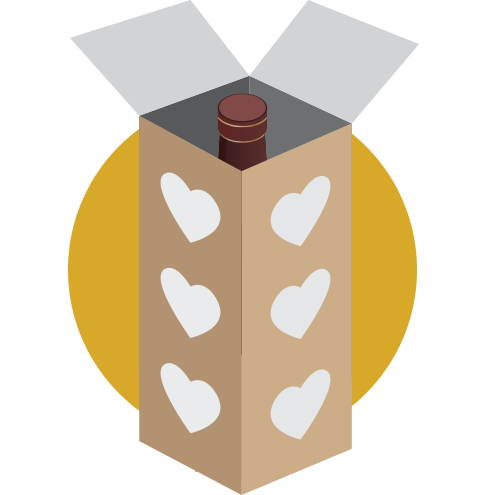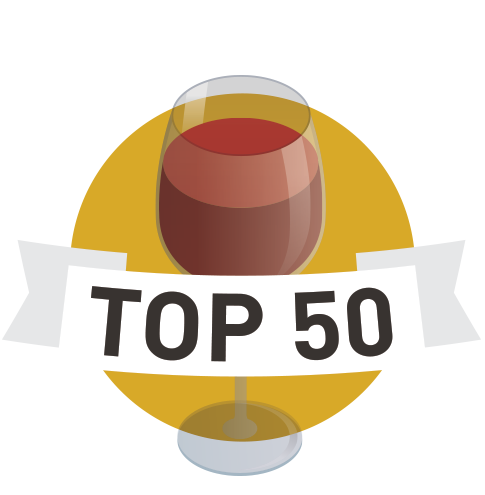Having sold Champagne for over twenty years I thought I had discovered most of what there was to know about this world renowned region. A visit to the relatively small Champagne house of Lallier in Ay changed a lot of that.
Lallier is a beautiful little house nestled in the corner of the square in Ay. The pretty courtyard is a perfect spot to soak up the sun with a glass of their finest wares.
The owner Francis Tribaut is both one of the most knowledgable winemakers I’ve ever had the pleasure of spending time with. He is also one of the most welcoming.

Sunset in the Lallier Courtyard at Ay.
It was meant to be
Francis bought the Lallier business off good friend and grandson of the founder René Lallier, René-James Lallier in 2004 – Ninety years after the business was created. He had been a consultant for René-James for many years before his interest in buying the business coincided with René-James’ wanting to sell it.
Francis’ knowledge and commitment to quality has led to this brand becoming one of our best kept secrets.
Annual production of the winery is voluntarily kept to 400,000 bottles to ensure the quality of every one produced is of the highest level. A business model that many others in Champagne would maybe scoff at but for Lallier it is crucial.
Romance versus practicality
Spending time in the chalk cellars with Francis, it was like he knew every single bottle as a separate entity. His knowledge of each vintage, cuveé and block of bottles was astonishing.
The chalk cellars beneath the house in Ay are the romantic, story evoking tunnels you might expect in Champagne. However they are not very practical this day in age. As a result, Francis created a state of the art winery in 2012 to make production a little more streamline.
The Cellier d’Oger overlooks one of the most important pieces of land in Champagne, the Coté des Blancs. It is here that everything from vinification, racking, riddling, dosage, corking and labelling takes place.

Our tour began with what we thought was lunch – always a good start to a trip. We then meandered through the warehouse, bottling room and winery. As you might imagine in a new building, everything was state of the art.
Watching the disgorgement, the replacement of the solid residue in the bottle for the cork, is always the best part of a Champagne bottling line!
The shear force with which the ice cap shoots from the bottle is something to behold.
Time to taste the good stuff
Once our tour was complete we returned to the tasting room to discover a few things. One was that what we thought was lunch was in fact, just a starter, as we now had another full meal to polish off. The other was that the tasting of the Lallier wines was going to take longer than first thought.
Traditionally we only ever stocked two of Lallier’s cuvees as that is all I had ever tasted but we were about to taste seven of their wines. A real hardship as you can imagine.
A fantastic afternoon ensued with wine after wine being wonderfully described by Francis. The quality of each and every one was exceptional. The style of Lallier was evident in all but they all had a reason to be there.
The stand out wines for me were the Blanc de Blancs, Brut Grand Reserve and their flagship wine Ouvrage.
I can not stress enough how good the Ouvrage is. A handcrafted masterpiece that is quite rightly Francis’ pride and joy. A blend of the finest Chardonnay and Pinot Noir, aged for five years on the lees.
Stored under the traditional “cork and staple” stopper, hand riddled and even disgorged by hand, this really is a labour of love.
If Lallier had a bright orange label or a monk named after it, I promise you this wine would be three or four times the price!
In fact their entire range seemed to offer incredible value for money in today’s market. I would highly recommend the Rosé to those that like a certain dumpy bottled market leader. The Brut Grande Reserve is our best seller and the Blanc de Blancs is just dreamy.
Mind blown by a simple fact!
Lallier only use two of the three permitted grape varieties in their Champagnes and it was whilst talking to Francis that we found out why?
Most of their cuvees are Grand Cru classified and in Champagne there are no Grand Cru classed Pinot Meunier vineyards. As a result Lallier only use Chardonnay and Pinot Noir in their blends.
This was an astonishing factoid that I never knew I never knew!
Could it get any better?
After a fantastic afternoon of sampling and discovery we were told the best was yet to come.
It was time for dinner! A stunning four course meal each paired with a different Champagne. The aim to show off just how versatile Lallier’s wines are with food. I can promise you, it did not disappoint.
In fact the highly expressive nature of the Lallier wines ensure that they are well suited to gastronomy.
A menu, as decadent as the Champagne, was prepared for us by the in house Chef. Each course being paired perfectly to a glass of Lallier’s finest.
Some we had tried earlier and it was good to make the comparison. Some were new which was a surprise as we thought everything had been tasted.
It was great to see how well Champagne can work with food as it is not necessarily our go to when pairing food and wine.

Back to reality
Sadly the next morning was time to go home. However at breakfast it was noted that despite a full day of tasting and drinking Lallier, not one person had a hangover.
Maybe that was just shear luck. But on arrival we had been told that due to the low level of sulphur Lallier use during the winemaking process that it can be incredibly kind to the head.
For me it was another reason for me to come back home and sell Lallier.
I am sure there are plenty more out there but for me Lallier really is one of Champagne’s best kept secrets.


